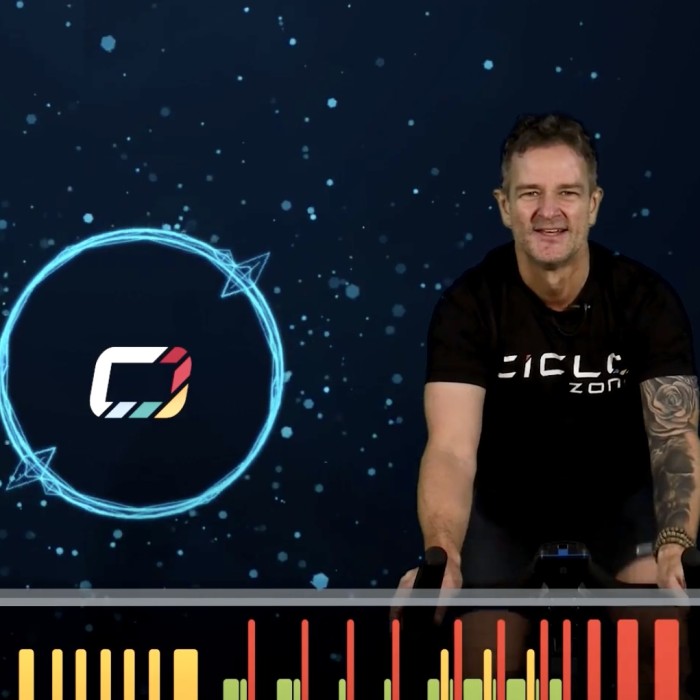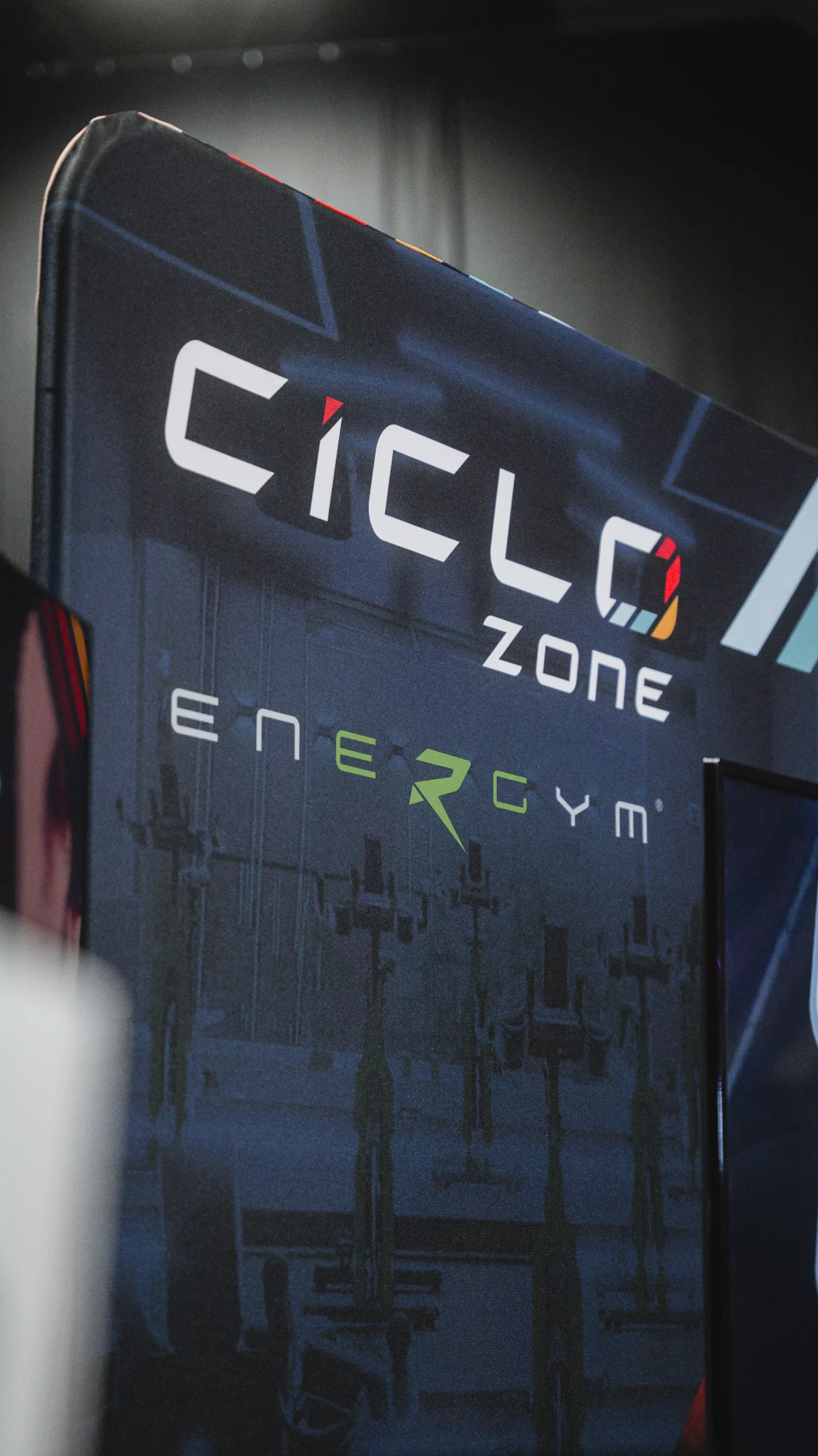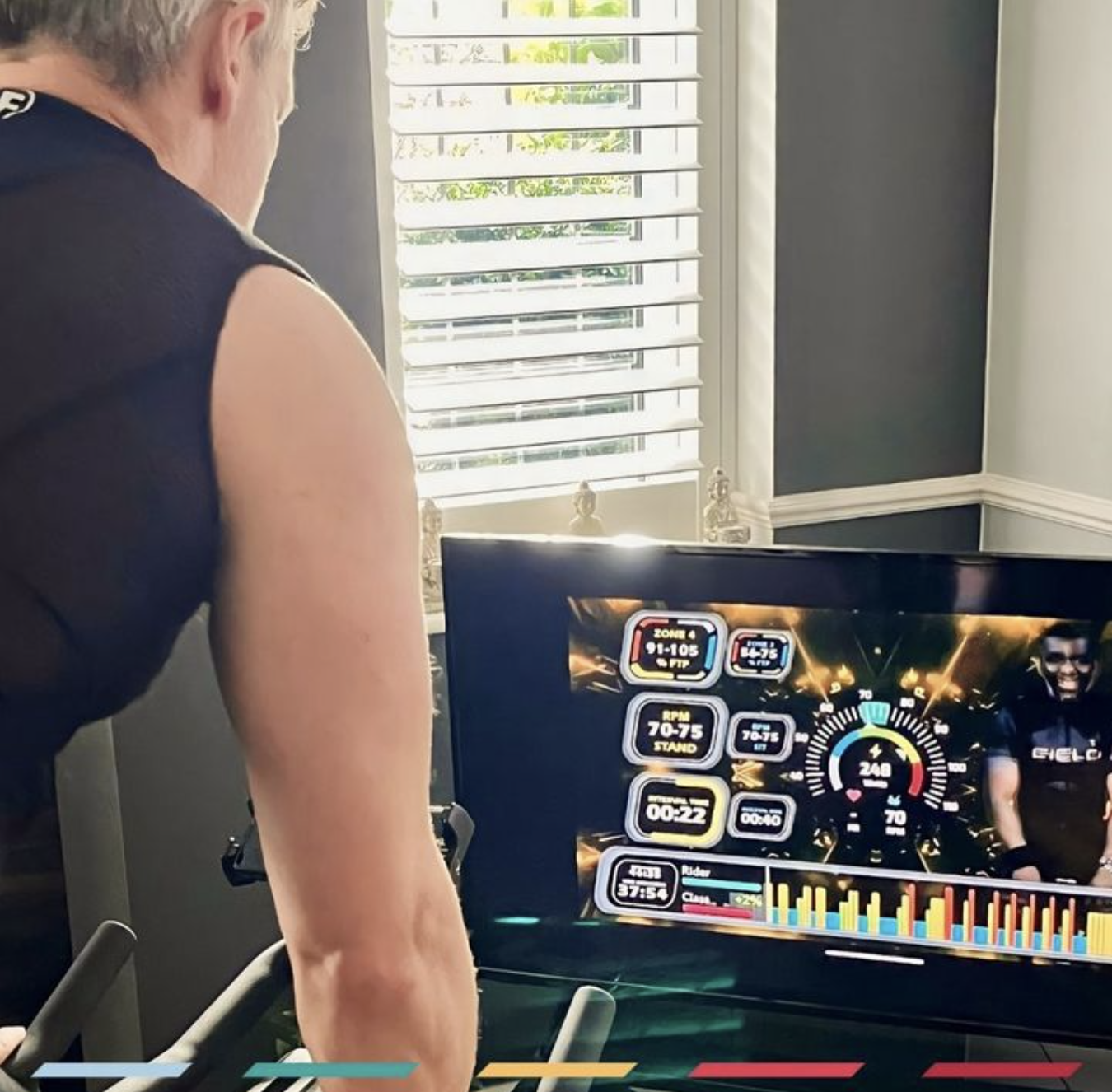To answer this question, it’s probably easier to let you know exactly what FTP (Functional Threshold Power) is not important for-
- FTP does not tell anybody how good or bad they are at cycling
- FTP cannot be used to gauge one person’s performance against another
- You cannot compete using FTP as a competitive metric
- FTP is certainly not a measure of fitness
Right then, now we’ve got that all out of the way we should start to talk about FTP in the way it should be used and how you can get the most out of using FTP as a training metric.
That is all it really is, ‘a training metric’ ,one of many along with VO2 max, functional threshold heart rate (FTHR) and others. However, it is is the best base metric from which you can gather most information if you are lucky enough to have the equipment to connect and train with it.
Let’s talk about how to collect that FTP data, I mean it’s just a simple test, what could go wrong? Hahaha… plenty can go wrong. You can attain an FTP figure from doing a ramp test, or the standard 3,5 or 20 minute tests, but the standard basic international test for collecting FTP data is a 60 minutes max AVG test for power cycling at an average cadence of between 85 and 95 RPM.
Most of us, especially those of us who subscribe to an online digital training platform, will use one of the shorter tests, mainly because the 60-minute test is pure torture and hell on a bike (and not the best way to introduce a newbie cyclist as it would probably frighten many away, never to return). The shorter tests calculate an average power for that period of time either 3 or 5 or 20 minutes, and reduce the average power by a set given percentage for that test. For example, a 3 minute test will have its average power reduced by 20% and a 5 minute test reduced by 15% and a 20 minute test will be reduced by 5%. How many platforms out there do not emphasise the importance of riding seated at a cadence of between 85 and 95 RPM during these tests. This means that a lot of the larger, more heavy riders, who are very anaerobically strong will be able to ride the full length of the test at a very low cadence and high power output because of their body mass and muscular strength especially out of the saddle. This elevated FTP figure will determine your 100% level when calculating your training zones and will now obviously mean that all of the zones used for training will also be elevated. You have to remember that a lot of the zones used for cycle training have no representation of anaerobic strength because they are almost entirely built on your aerobic energy system such as zones 1 2 3 and 4.
Most longer sessions, such as a 45 minutes or 60 minutes class, will be based almost entirely within the first four zones with a very small percentage into zone 5, so in essence this can be a big problem. By regulating your RPM during the test, into that mid-range of 85 to 95 RPM and staying in the saddle, you can somewhat offset the negative effects of a shorter test.
The included, free FTP test on the CicloZone app applies the same algorithms to which we apply in our sessions, which rewards members for staying on the correct cadence (and penalise those that don’t) and the correct cadence for our FTP test is 85 to 95 RPM. If you are still concerned whether or not you may have scored a high FTP figure or you find that you are struggling to hold onto your zones during riding sessions, then you should ask yourself one question – “could I hold my tested FTP score for 60 minutes?”. If that is a categorical no, then you may well have to reduce your FTP, or maybe attempt a 20 minute FTP test to see how the results compare. For most people the standard 5 minute FTP test will return a viable figure from which to train from but there are certain people for which the longer test will be necessary.
Once you have your FTP score and you’re happy that it is correct and that you can train with it, then you have to realise that your score is only representative of you and cannot be compared with anyone else’s FTP score. It is a metric data point for you to start to train more professionally on a bike and to guarantee, when riding well designed training interval profiles, that you are making best use of your time on the bike and achieving the goals that you set yourself. Your FTP score is meant to be your guidance for between 6 and 8 weeks of training and we recommend that you test yourself again after that period of time to show your progress.
Now when you retest, your progress may not be shown in the functional threshold score itself, although the result is very important. When retesting after a period of training we want to now start to look at the real reason FTP is important, because we must now divide it by our body weight in kg to give us a threshold Watts per kilo value.
“For example, a 70kg rider scoring 210 watts as an FTP result will have a w/kg value of 3w/kg”
It is this value that we want to see increase and this can be done by increasing your FTP score and becoming more powerful, or by losing excess body mass such as body fat, or if you are lucky by doing both at the same time. By increasing your w/kg or the amount of power your body can produce per body weight kg, then the easier your body’s energy systems will be able to move your body around on a planet that is governed by a fixed amount of gravity that acts upon your mass all of the time. Simply walking around, running, climbing stairs and general everyday tasks will seem easier with less stress on your energy systems within your body, which let’s face it, means your heart and lungs.
An untrained male, riding for the first time should have a threshold w/kg value of around 2.0 w/kg and an untrained female rider around 1.5 w/kg and these figures should rise substantially within the first 6 month of cycle training.
A lot of people ask me what is a good value to a try and attain and my answer is always the same – “as high as you can” – although most club riders will be happy to have a w/kg value of between 2.5 and 3.4 w/kg. To put this into perspective, most world class professional tour riders that you will see in the major events around the world will have threshold level w/kg figures of between 6.0 and 7.0, but of course these riders are obviously not of this planet and genetically gifted beyond belief. Most good amateur competitive cyclists would be anywhere between 4.0 to 4.5 w/kg. My highest w/kg when riding at my peak was gained at a weight of 67kg and an FTP of 342 watts… I’ll let you do the math.
“I’d rather have a mini powered by a Rolls-Royce engine than a Rolls-Royce powered by a mini engine…”
So FTP is not used to compete and it’s not used to compare it is only used to give you a starting point from which to start your training journey and then a metric data point to which you can compare your progress and to give you the confidence that your training is having the desired results.
If you learn to use FTP correctly, then it will always be your go-to data metric. When you begin to compare your functional threshold heart rate (FTHR) with your functional threshold power (FTP), then you will see more physiological effects taking shape in terms of lower resting heart rate and improved active recovery intervals, as the heart rate lowers more quickly from red zone activity levels.
One day I do believe we will have running shoes with power metres included in the soles, which will give you a power output for your 5km run and accelerometers in boxing gloves and sweat bands measuring your punch power in watts. Until then, as a cyclist, you can be as smug as you like knowing that cycling, at the moment, is the only sport and activity that embraces power, measures power accurately and allows you to train like a pro with such an amazing metric as FTP.




